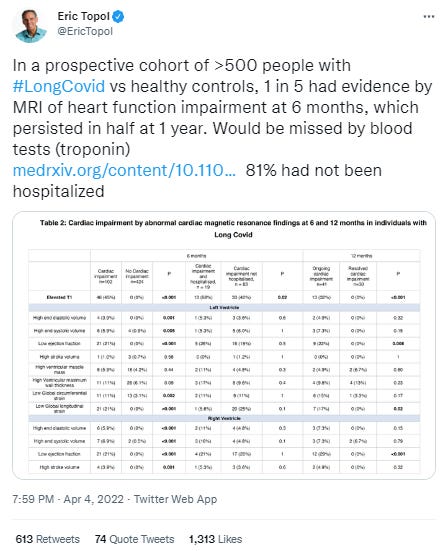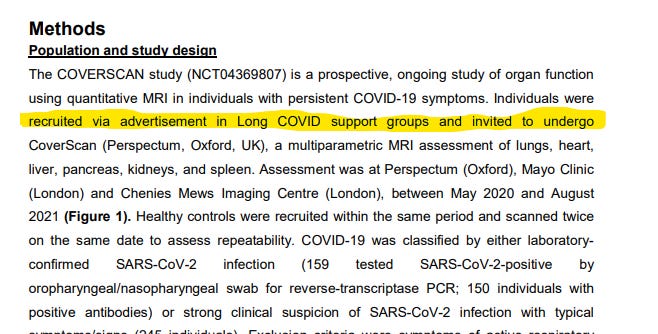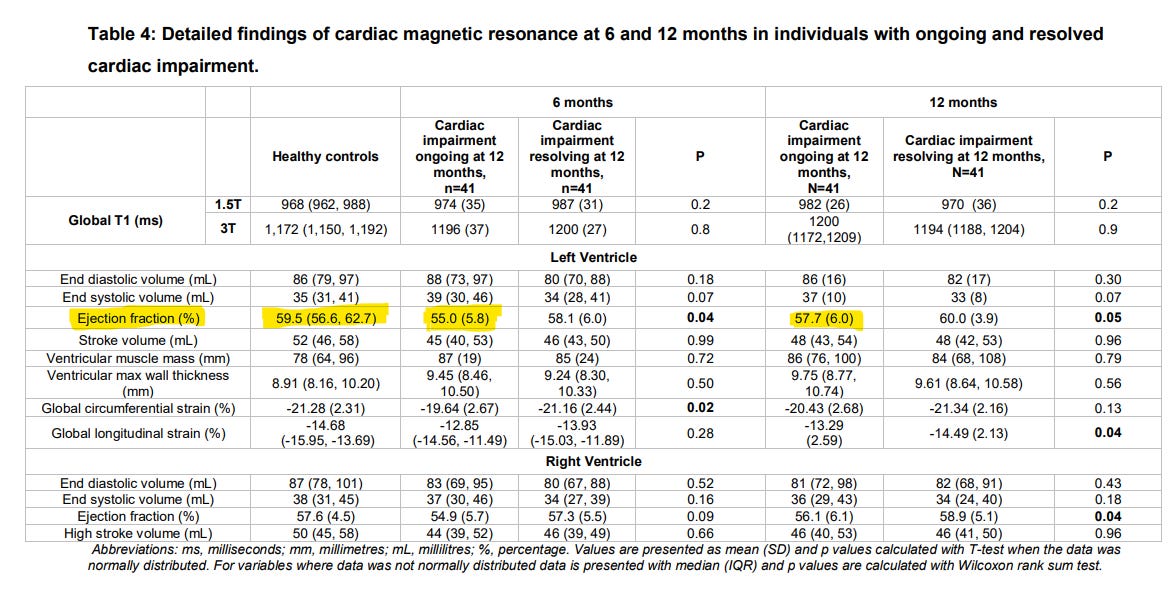BY KIM BELLARD
I read the Stat News investigative piece “Health care’s high rollers,” by Bob Herman and colleagues, with interest but not much surprise. I mean, is anyone surprised anymore that healthcare CEOs often make a lot of money, and didn’t let a crisis like the pandemic dampen that? As Kaiser Family Foundation’s CEO Drew Altman told them, “Health care has become big business. We have a lot of people making a lot of money in health care, and we still have an affordability crisis in health care.”
I periodically see Twitter threads lamenting how little of that healthcare spending actually goes to physicians, yet people often still blame them for that spending. Physicians make a pretty decent living (an average of $322,000, according to the 2022 Medscape Physician Compensation report), although that compensation depends on specialty, gender, race/ethnicity, and location. But maybe, just maybe, the problem in healthcare is that we’re not paying physicians enough – not nearly enough.
I think I know how to fix healthcare.
———–
There are about a million licensed physicians in the U.S., give or take. I say, let’s pay each of them a million dollars a year. No, wait: they’ll have to pay for their staff and other overhead out of that, so let’s say $1.5 million. Heck, let’s just round it up to $2 million, and I could even see going to $2.5 million if really pushed. And let’s index that annual amount to overall CPI.
The caveat, though, is that they’d have to pay for all their patients’ care from that amount. Order a test, the physician pays. Do a procedure, it comes out of the physician’s pocket. Prescribe drugs or a medical device, it’s the physician’s responsibility to pay. Send them to the hospital, same thing.
It’s capitation writ large. It’s global budgets at the physician level. It’s the opposite of fee-for-service.
Now, there’s lots of details that would need to be worked out. Many patients have multiple physicians, so deciding which physician has to pay for which care would not be trivial. Also, a physician might have an extraordinarily expensive patient, so some form of stop-loss insurance would be desirable.
And, of course, there’d need to be lots of negotiating. I don’t picture physicians tolerating the kind of mark-ups on drugs or hospital stays that insurers seem to tolerate, not when those “excess” prices come straight out of their bottom line. I can see groups of physicians negotiating collectively to drive better deals, sort of like Blue Shield was originally intended to do.
I can also see billing codes getting much simpler. All the current complexity helps maximize their revenue, but would be a cost burden in the new environment. I would expect many other efforts at administrative simplification for that same reason.
Best of all for physicians and other critics of our current system, I’m not sure we’d need health insurance companies or programs, other than for the stop-loss protection I mentioned above. No more prior authorizations, no more inexplicable denials, nor more contorted benefit designs, no more incomprehensible fee schedules. If you’re going to have to argue with someone about care you think you need, would you rather that argument be with your doctor than with an insurance company representative?
———–
Of course, we’d have to somehow ensure physicians continued to see patients at needed levels; they can’t take the money and decide they’re only going to see a couple patients a day, a couple days a week. We’d need some sort of maintenance of effort or availability measures, so that patients’ access to care is at least as good as now, if not better. They’d have to see patients regardless of income, age, severity of condition, and so on; no discrimination against patients.
But, some will argue, specialists need to make more, in recognition of their skills/training. Yes, we should have that argument. We’ve been undervaluing and underpaying primary care doctors for decades now, and this would be the time to make more rational any differences that might be appropriate. The current income differences are not defensible.
But, others will argue, how does this reward physicians over time? Currently, the longer they practice, the more patients they can see/the more procedures they can do. That’s an asset in a FFS environment, but in this environment we want physicians to learn how to be more judicious, more cost-effective, thus bettering their bottom line while improving patient care.
There’s a danger, of course, that physicians might undertreat patients, would “ration” care, to the point that it has adverse impacts on their health. That is a concern, but if we’re not at least as worried about the current incentives to overtreat, then we’re not being realistic. In both cases, we need to do a better job of measures quality and outcomes of care.
Do the math: 2.5 million dollars for a million physicians is $2.5 trillion, versus our current $4 trillion spending. Throw in perhaps another half a trillion (!) for things like public health and oversight, and we’d still shave 25% of our current spending.
If that’s not worth thinking about, I don’t know what would be.
Physicians decry the diminution of their role, their loss of status, the amount of time spent on paperwork and administrative tasks. Fair enough; let’s put them in charge and see how they do. It’s hard to see that they could do much worse.
———–
Yeah, I know it’s never going to happen. There are hugely vested interests in our current mess of a system, and they’re not going to give up their incomes without a big fight. It’d be easy to assert (although not correct) that this would be a socialist structure, since presumably the federal government would be the one issuing those big paychecks. And maybe it gives too much power to too few people, even if those people are the ones we ostensibly trust most with our health.
I put this out there not because I think it could happen, or even should happen, but to make the point that if we don’t at least consider “outrageous” ideas like this, we’re not really thinking hard enough about healthcare reform.
Kim is a former emarketing exec at a major Blues plan, editor of the late & lamented Tincture.io, and now regular THCB contributor.
from The Health Care Blog https://ift.tt/IloK4rN










